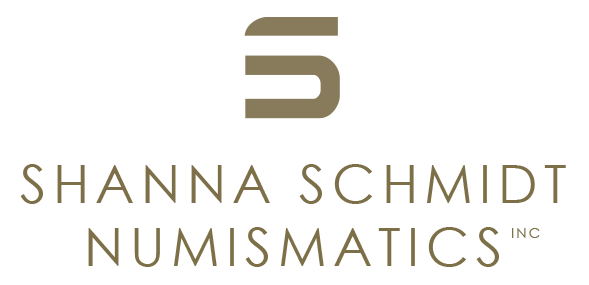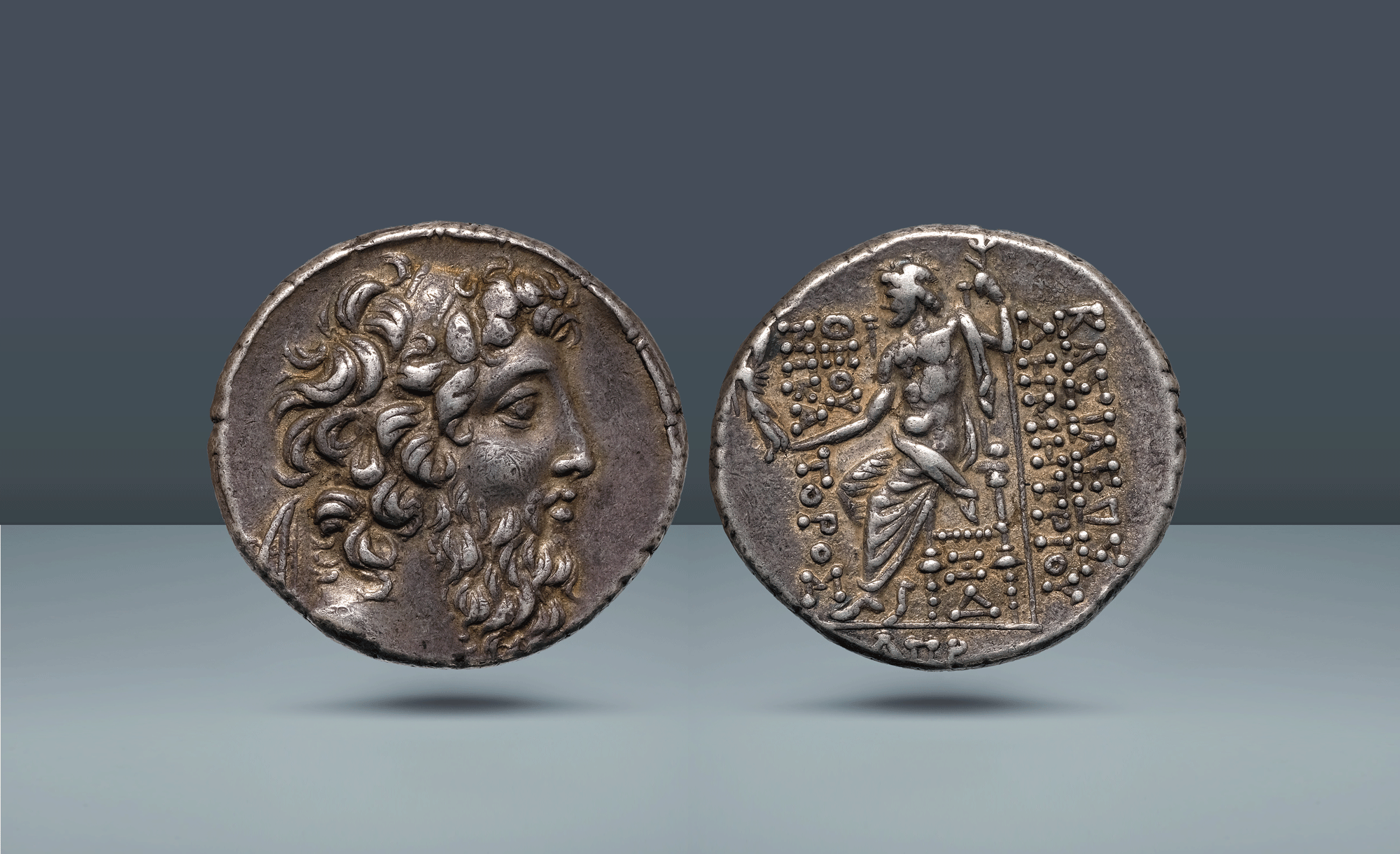Seleucid Empire, Syria. Demetrius II, Nicator (Second reign), 129-126/5 BC Damascus, c. 129-128 BC (year 184)
Seleucid Empire, Syria. Demetrius II, Nicator (Second reign), 129-126/5 BC Damascus, c. 129-128 BC (year 184)
AR Tetradrachm, 16.65g (28mm, 1h).
Diademed head of Demetrius II r., bearded, with tousled hair on crown of head. Fillet border / BAΣΙΛΕΩΣ ΔHMHTPIOY – ΘEOY NIKA – TOPOΣ Zeus seated l., holding Nike with wreath in r. hand and sceptre in l.; below the throne, monogram. In exergue, ΔΠP
Pedigree: Privately purchased from Pauwels MA shop in 2018
References: DCA 223. SNG Spaer 2266. SC 2181.2b
Grade: Nicely toned with good strike. Good VF
gk1991
Scroll down for more information about this coin.
What does a break from tradition mean? How is it done? One of the more visible, at least in the Seleucid coinage, is the beard that Demetrius II wears so prominently on the coinage of his second reign. Unlike sideburns, which generally represented youth, bearded royal portraits (especially one with full grown beards) were almost unheard-of. So, why did Demetrius II have a beard later in life? Unlike other Seleucid rulers who grew beards as a temporary visual representation of a vow, usually related to military campaigns, Demetrius II never shaved his. His bead has been variously interpreted as “a reminiscence of his Parthian captivity” in the 1700’s and as an “assimilation to some divinity” by Babelon. Lorber however claims that his was in fact a so-called “campaign beard”. In her argument. Lorber points to two facts: firstly, he had started growing his beard before his Persian capture in 138 BC and secondly, he never actually fulfilled his vow of driving the Persians from his land. She ends by stating Demetrius II’s “beard would have been a damaging symbol of failure – yet the alternative of impiety was perhaps even more unacceptable”.

